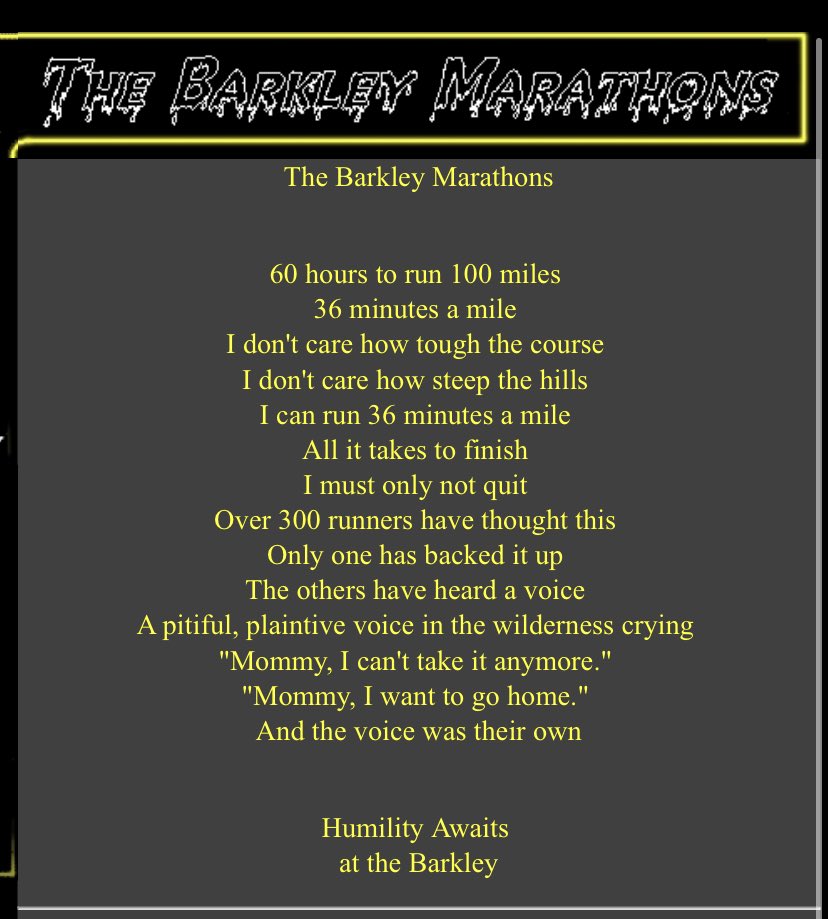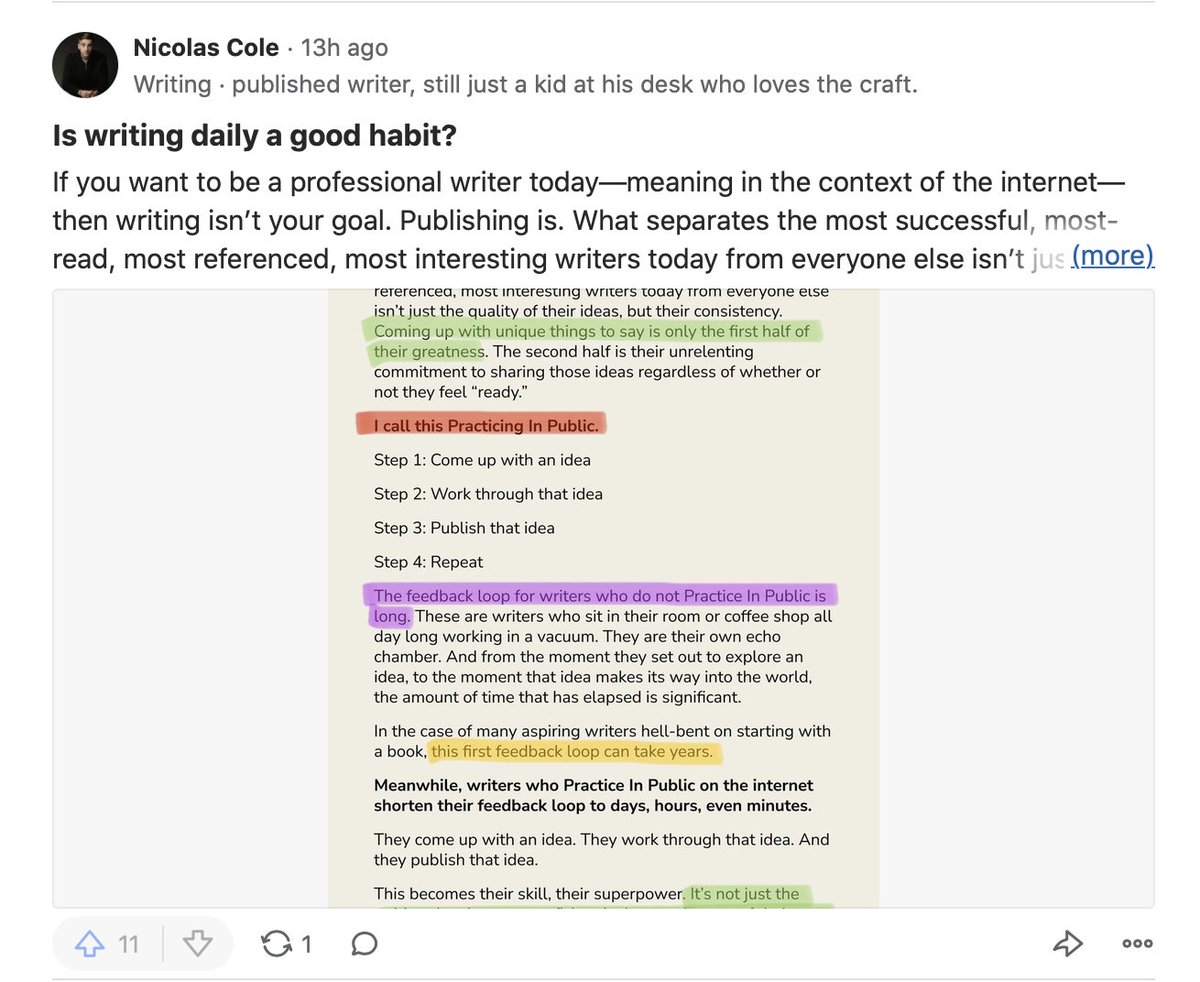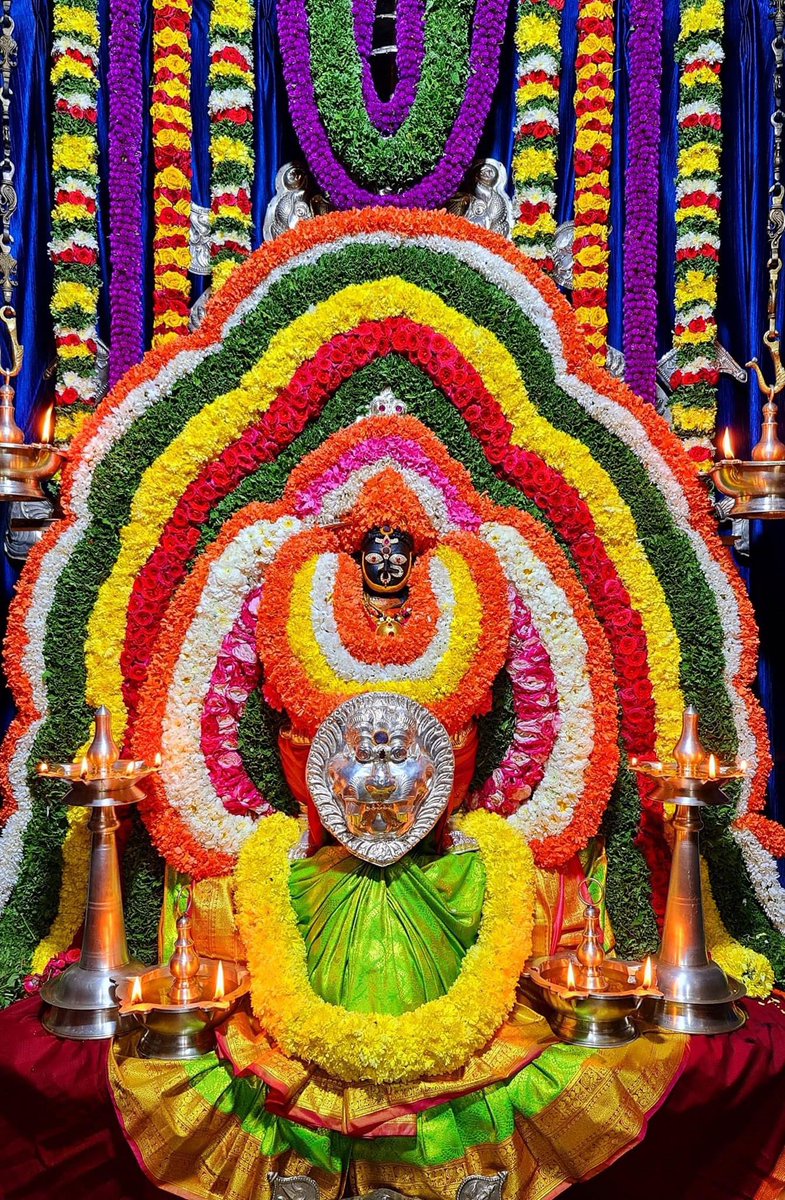That needs to chance quickly as the race is approximately 3 months away. If you don’t know what the Barkley Marathons is, there are some great documentaries on Amazon & YouTube you can search for.
In an effort to keep myself accountable and to “build in public” as many do on Twitter, I’m going to share my training and thoughts in my build up to running the 2021 Barkley Marathons.
A thread:
That needs to chance quickly as the race is approximately 3 months away. If you don’t know what the Barkley Marathons is, there are some great documentaries on Amazon & YouTube you can search for.
Each loop is over 25 miles in length with +14,000 feet of climb.
Most years there are no finishers.

I knew then I was destined to run.
Let’s go get some.
https://t.co/4EMPjN7OrI
More from Twitter
You May Also Like
Krugman is, of course, right about this. BUT, note that universities can do a lot to revitalize declining and rural regions.
See this thing that @lymanstoneky wrote:
And see this thing that I wrote:
And see this book that @JamesFallows wrote:
And see this other thing that I wrote:
One thing I've been noticing about responses to today's column is that many people still don't get how strong the forces behind regional divergence are, and how hard to reverse 1/ https://t.co/Ft2aH1NcQt
— Paul Krugman (@paulkrugman) November 20, 2018
See this thing that @lymanstoneky wrote:
And see this thing that I wrote:
And see this book that @JamesFallows wrote:
And see this other thing that I wrote:


















